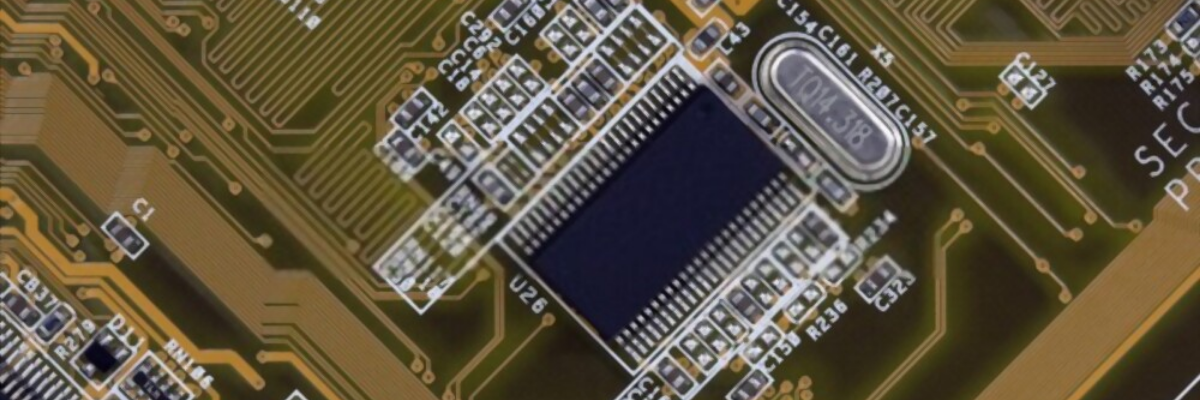Know About PCB Metal Fabrication

Know About PCB Metal Fabrication
PCB manufacturing involves several stages from design to assembly, which is quite complex. Crucial decisions need to be made in terms of design, materials used in the PCB, layering, and fabrication techniques. Fabrication is a crucial part of the PCB manufacturing process. Also, with the ever reducing sizes of electronic devices, many modern fabrication techniques are used which help make compact boards and accommodate dense circuitry in small boards. For an accurate fabrication process, a flawless design needs to be in place. Also, the software and the version to be used for the circuitry must be finalized. Design software can be stored in Gerber files and must include details regarding drilling, layering, copper coated layers, apertures, components, and so on. These files are shared with the fabrication team. This post discusses the essential elements of the fabrication process and its modernization.
Details About PCB Metal Fabrication Process
Based on the design specifications, the actual physical board is formed with the help of fabrication techniques. Here are a few pointers regarding these fabrication techniques:
-
Etching and imaging are two important techniques, wherein imaging is used for making layouts on the laminates coated with copper. Etching is done to scrap off the excess copper so that the traces and pads are clearly visible.
-
Drilling holes for component mounting is also an essential technique used in the process.
-
Protective layers are added onto the board surface or the boards are soldered.
-
References for silkscreen such as printing component names, logos, and other markings are also achieved through fabrication.
-
At times, finishing or fine tuning of copper coated surfaces may be performed.
-
Some PCB manufacturers outsource the fabrication part to a contract manufacturer, in which case, they should be made aware of the materials you have chosen and the design details as it may impact the outcome in terms of tolerances, the level of CTE or Coefficient of Thermal Expansion, and structural reliability.
-
The use of DFM guidelines is highly recommended.
-
Lastly, documentation is an extremely important aspect which should be carried out in detail through all the stages of design, fabrication, manufacturing, assembling, and testing.
Trends and Advanced Technologies for Metal Fabrication in PCBs
Advancements in IT and electronics have paved the way for newer and better fabrication techniques and boards with better functionalities and capabilities. Importantly, the driving factor behind this is the increasing demand for such boards with high voltage, thin width, intricate design, mounting of several components, small size, flexibility, and so on. The PCBs must be able to withstand heat and other environmental parameters, shrinking sizes of devices, and more. Here are some relevant pointers which prompt for improved fabrication techniques in PCBs:
-
Over the last few years, the demand for batteries with voltage capabilities as high as 48 volts has gone up. This is largely because of the demand in high-end applications such as solar energy setups, electric vehicles, high-capacity batteries for long and continued operation of a device, and so on.
-
Commercially developed or ready-to-use (COTS) components have witnessed a huge demand as they are readily available and made to comply with the required standards and regulations. This saves more time and cost compared to customizing each component. However, the long-run repercussions in terms of regulation or commercialization of this trend remain to be seen over the next few years. All said and done, customization has its own benefits.
-
The evolution of PCBs and their manufacturing techniques have brought in a lot of positive changes in terms of their capabilities and functioning. However, this leaves scope for duplicate and counterfeit components being supplied. Advancements in technology have helped supply chain and shipping units to track such issues, although more needs to be done in this regard.
-
The use of flexible and rigid-flex boards has witnessed a spike over the last few years as they are rightly applicable in modern, complex, small, and lightweight devices used across industries. IoT is a huge application segment for these two types of boards.
-
This growth and advancement have also led to tackle thermal issues.
-
In modern applications, there are small-sized cameras mounted on these boards to take high resolution videos and pictures, which can be embedded in any small device across sectors such as medical, consumer electronics, and surveillance. Mounting of such delicate devices certainly puts pressure on improving fabrication techniques and overall manufacturing.
-
3D printing is an excellent resultant element of this advancement, especially for PCBs. Complex circuits can be printed atop a board of any shape, which add plenty of advanced features and functionalities to the product.
-
Autorouters are widely used in PCBs today. While they are challenging and time consuming to install, they make the automation process simple. These are components which track the digital functions through the board. These components still have areas of improvement such as reducing the time and difficulties in installation. Once that is worked upon, the demand for autorouters may increase as well.
If you are an OEM and require advise on sheet metal fabrication for your circuit boards, then ensure you approach a well-known and experiences PCB manufacturer. You can partner with them in case you need PCBs manufactured and assembled for your product. Ensure they understand your requirements and offer end-to-end solutions if required. Check the certifications they have, their fabrication techniques, and materials used for the boards among many other parameters. Twisted Traces designs, fabricates, and assembles a variety of PCBs, and offers end-to-end solutions. The company has a market presence of over three decades.
.png)



.png)
